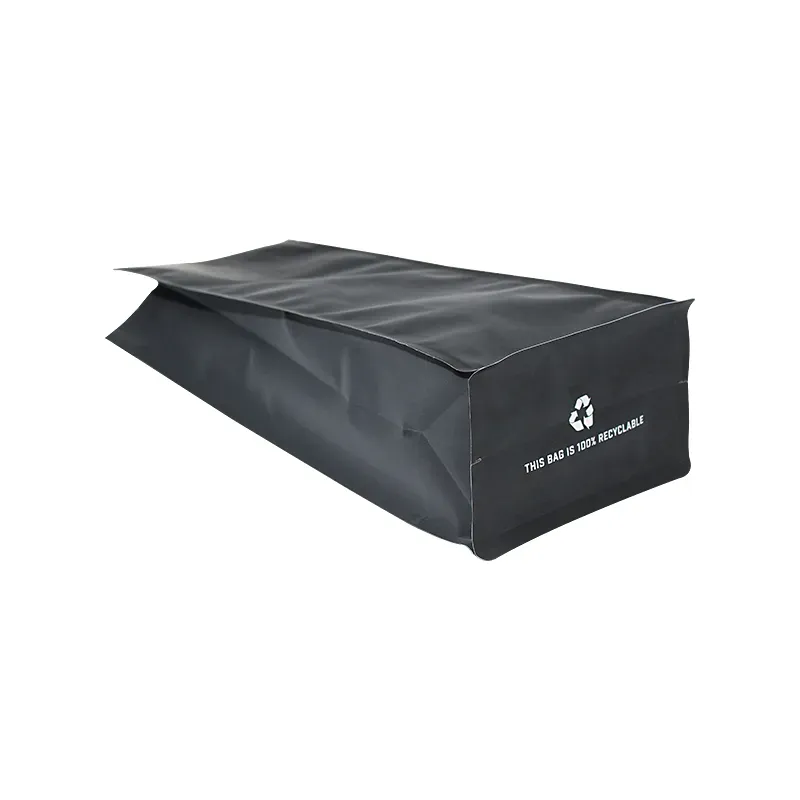- Afrikaans
- Albanian
- Amharic
- Arabic
- Armenian
- Azerbaijani
- Basque
- Belarusian
- Bengali
- Bosnian
- Bulgarian
- Catalan
- Cebuano
- chinese_simplified
- chinese_traditional
- Corsican
- Croatian
- Czech
- Danish
- Dutch
- English
- Esperanto
- Estonian
- Finnish
- French
- Frisian
- Galician
- Georgian
- German
- Greek
- Gujarati
- haitian_creole
- hausa
- hawaiian
- Hebrew
- Hindi
- Miao
- Hungarian
- Icelandic
- igbo
- Indonesian
- irish
- Italian
- Japanese
- Javanese
- Kannada
- kazakh
- Khmer
- Rwandese
- Korean
- Kurdish
- Kyrgyz
- Lao
- Latin
- Latvian
- Lithuanian
- Luxembourgish
- Macedonian
- Malgashi
- Malay
- Malayalam
- Maltese
- Maori
- Marathi
- Mongolian
- Myanmar
- Nepali
- Norwegian
- Norwegian
- Occitan
- Pashto
- Persian
- Polish
- Portuguese
- Punjabi
- Romanian
- Russian
- Samoan
- scottish-gaelic
- Serbian
- Sesotho
- Shona
- Sindhi
- Sinhala
- Slovak
- Slovenian
- Somali
- Spanish
- Sundanese
- Swahili
- Swedish
- Tagalog
- Tajik
- Tamil
- Tatar
- Telugu
- Thai
- Turkish
- Turkmen
- Ukrainian
- Urdu
- Uighur
- Uzbek
- Vietnamese
- Welsh
- Bantu
- Yiddish
- Yoruba
- Zulu
Choosing RGB Values for Optimal Print and Web Display
Understanding RGB Colors for Print and Web
In today's digital world, color plays a critical role in design, branding, and communication, whether it’s for web applications or print materials. One of the most fundamental aspects of this topic involves understanding the RGB color model, which is essential for web design, and how it differs significantly from print color models such as CMYK. This article will delve into these differences and provide guidance on how to effectively utilize RGB colors for optimal outcomes in both mediums.
RGB Color Model Basics
RGB stands for Red, Green, and Blue, which are the primary colors of light. When combined in various ways, they can create a wide spectrum of colors. This model is additive, meaning that as you mix more colors of light, the result approaches white. RGB is used extensively in digital platforms, including websites, online graphics, and digital displays.
The RGB model works by assigning values to each of the three colors on a scale from 0 to 255. For instance, pure red is represented as (255, 0, 0), while pure green is (0, 255, 0), and blue is (0, 0, 255). When creating digital designs or web content, developers and designers often use color hex codes (such as FF0000 for red) to specify colors more conveniently.
Challenges of RGB in Print
While RGB is optimal for digital environments, it poses challenges when it comes to print. Prints utilize the CMYK color model, which stands for Cyan, Magenta, Yellow, and Key (Black). CMYK is a subtractive color model; it starts with white (the color of the paper) and subtracts varying percentages of the CMY colors to reach the desired hue.
rgb for print or web

Converting RGB colors to CMYK isn’t always straightforward, as the range of colors (gamut) that can be displayed on screens is typically wider than the range that can be reproduced in print. This means that some vibrant RGB colors may look dull or entirely different when printed. As a result, designers must make careful considerations when planning to transition a design from the screen to the physical world.
Best Practices for Working with RGB for Web
1. Use sRGB Color Space The standard RGB color space for web content is sRGB. It provides a consistent range of colors across different devices and browsers. Always design your web graphics in sRGB to ensure they appear as intended on various screens.
2. Test on Multiple Devices Colors may look different across screens due to variations in display quality and settings. Always test your designs on multiple devices using various browsers to see how colors render.
3. Be Mindful of Accessibility Ensure that your color choices cater to accessibility standards. Using online contrast checkers can help you determine if text and background colors are adequately distinct for readers with visual impairments.
Conclusion
Mastering the use of RGB for web applications is essential for contemporary designers. Understanding its nuances and the differences between RGB and CMYK allows creators to craft visuals that not only look good online but also translate well into other mediums. As technology evolves, keeping abreast of color theory and applied practices will enhance the quality of design output, ensuring that visuals are striking, functional, and effective in communication. Always remember that the ultimate goal is to engage your audience effectively, both on-screen and in print.













